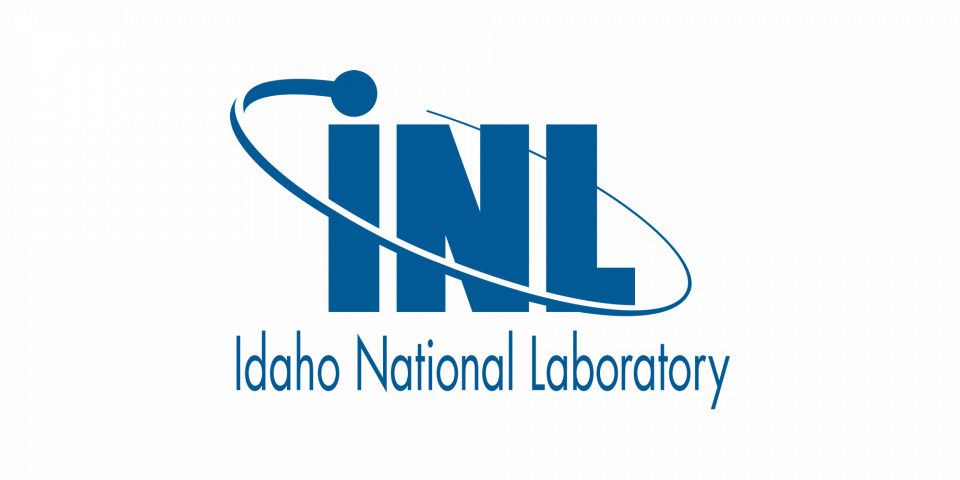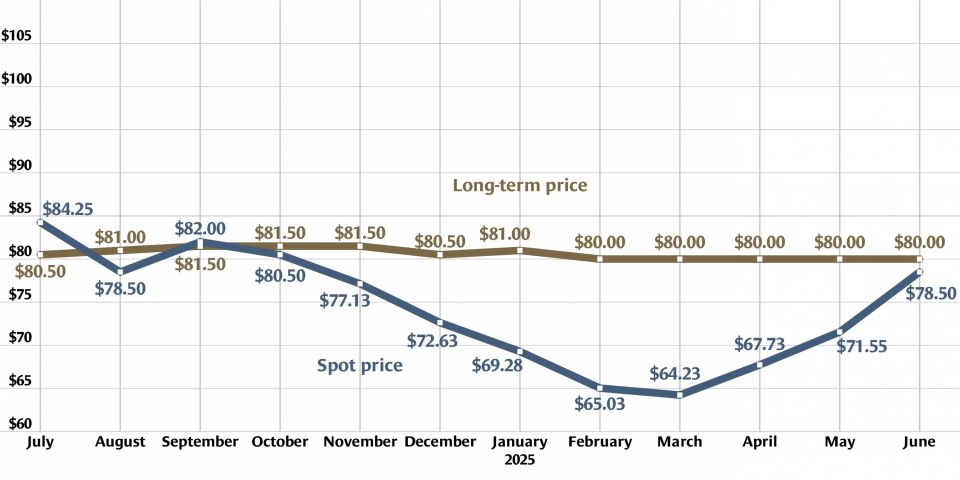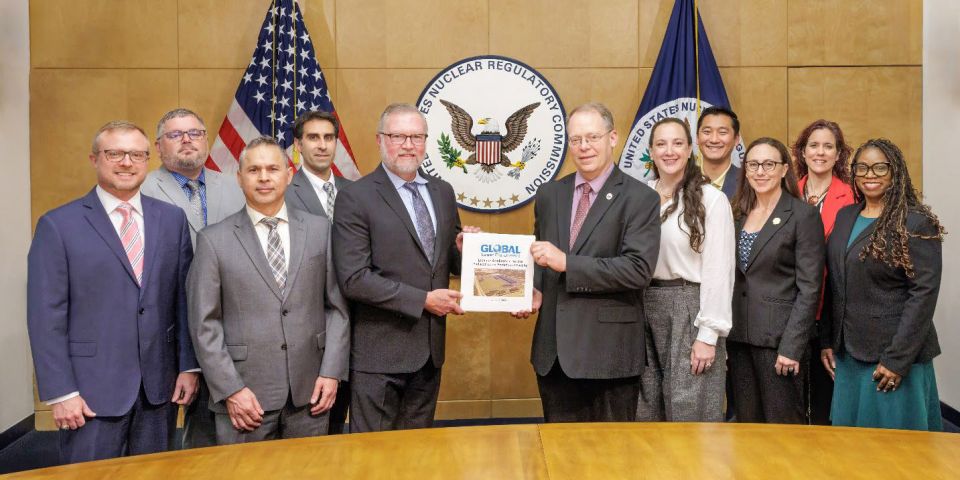HALEU supply plans detailed in DOE draft solicitations and scoping notice
The Department of Energy released two draft requests for proposals to acquire high-assay low-enriched uranium (HALEU)—one covering enrichment services that could include the production of between 5 and 145 metric tons of HALEU during a 10-year performance period, and another for deconverting that HALEU from uranium hexafluoride (UF6) gas to metal or oxide forms in preparation for fuel fabrication. The DOE also issued a notice of intent to fulfill its National Environmental Policy Act (NEPA) obligations for the HALEU Availability Program by launching the scoping process for an environmental impact statement; that notice was published in the Federal Register on June 5.










